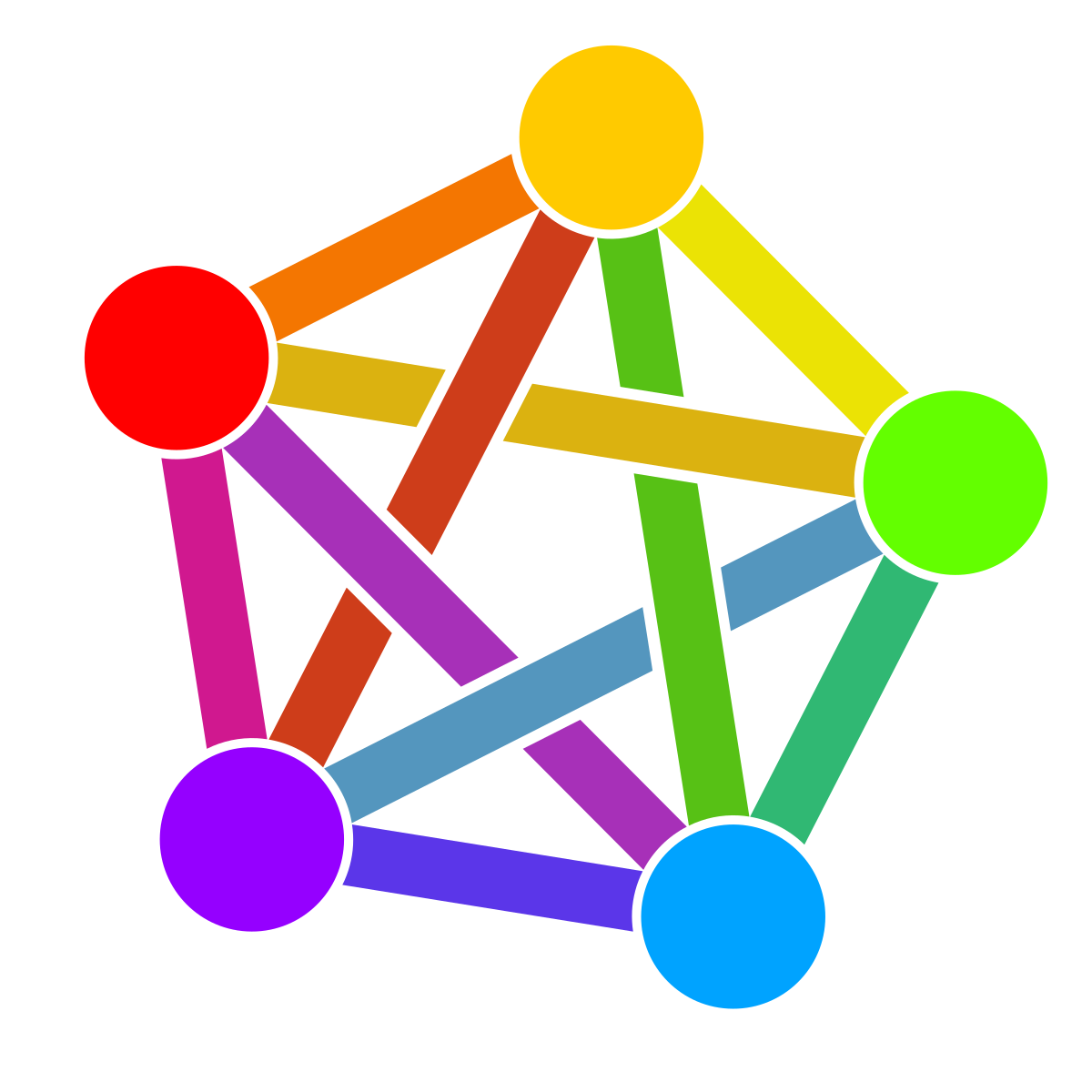

Wouldn’t it make more sense to have removable batteries it could recharge and swap out on the fly?


Wouldn’t it make more sense to have removable batteries it could recharge and swap out on the fly?


The robot can spend 23 hours a day monitoring the parking lot from all angles
Do they get a mandated one-hour break or something?


I remember in the late 90s the Green Party in my district was on a roll, culminating in the election of a member to the California State Assembly (one of the highest posts ever held by the Greens in the US). Then came Nader’s presidential bid and its perceived role in the election of Bush, which permanently crippled the legitimacy of the local party. They’re still doing great work with voter guides, legislative analysis, etc.; but they’ll never escape the shadow of Nader and Stein.
I think the only viable path for a third party now is to start a new one from scratch, and disavow presidential bids from the outset.


The problem here is that if this is unreliable…
And the problem if it is reliable is that everyone becomes dependent on Google to literally define reality.


Those would be easy things to add, if you were trying to pass it off as real.


Regardless of how the image was generated, why is Google treating a random blogspam site as the authoritative version of a work of art over (say) Wikipedia?
According to the article:
As 404 Media has reported in January, Google is regularly surfacing AI-generated websites that game search engine optimization before the human-made websites they are trained on. “Our focus when ranking content is on the quality of the content, rather than how it was produced,” Google told 404 Media in a statement at the time.
Does that mean I can search for any famous image, take the largest existing version, upscale it by 1% and post it on my own site, and instantly be featured at the top of google searches?


That’s the object of steps 1 & 3 above: everyone casts a (potential) vote on all propositions, and votes not required to counter opposing votes keep rolling over. So you can’t force anyone to waste a vote by dispersing them among duplicate propositions—the end result is identical either way (assuming everyone votes consistently).


Presumably you’d allocate the votes and announce the propositions at the same time—so for instance in one election everyone would get a ballot with twenty propositions and instructions to vote yes or no on up to ten of them.
Or come to think of it, here’s a procedure that might simplify things for voters and avoid the issue of fakeout dummy propositions, too:


I think that conflates the deliberative process with the actual casting of votes. The people who are passionate about the issue would still try to convince those on the sidelines that the issue was worth spending a vote on, and people who weren’t planning to actually vote could still care about the issue and participate in the debate.


If voting were costly, you wouldn’t cast a vote just because you cared about the issue unless your side were also in danger of losing. If someone proposed a dummy bill to get you to waste a vote, but no one voted for the other side, you could refrain from voting either.


Fair point—but simple majority rule doesn’t guarantee the rights of minorities and others disproportionately affected, either. You generally need constitutional limits to prevent abusive legislation.


What about a system where each person can only cast a limited number of votes, so you have to choose which issues are most relevant to you?


At least Oracle Weblogic is being useful for someone.


Typing with long nails is the embodiment of “beauty is pain.”
The pain is real, but the beauty is subjective.


Haitians of all people? Why?
Because if they said “Jamaicans” it would be too obvious they were talking about Kamala Harris’s family.


We desperately need more real third-party participation in politics, but voting for third parties in presidential elections doesn’t make that happen—the US voting system isn’t a business that adapts its products to meet consumer demand.


Couldn’t you theoretically do the same thing by tracking someone’s eye movements on video chat, if they look at their keyboard while typing?


I’m not familiar with every client, but on mine it only hides the domain for users on my own server. (Early email used to work exactly the same—you could send an email addressed to just a username with no tld and it would go to the user with that name on your own server by default.)


It should work the same as email: you can trust it’s them if the user account is hosted on their own site, or their employer’s, or if they link to it from another confirmed source.
Trademark, sure. But what exactly are they trying to patent?